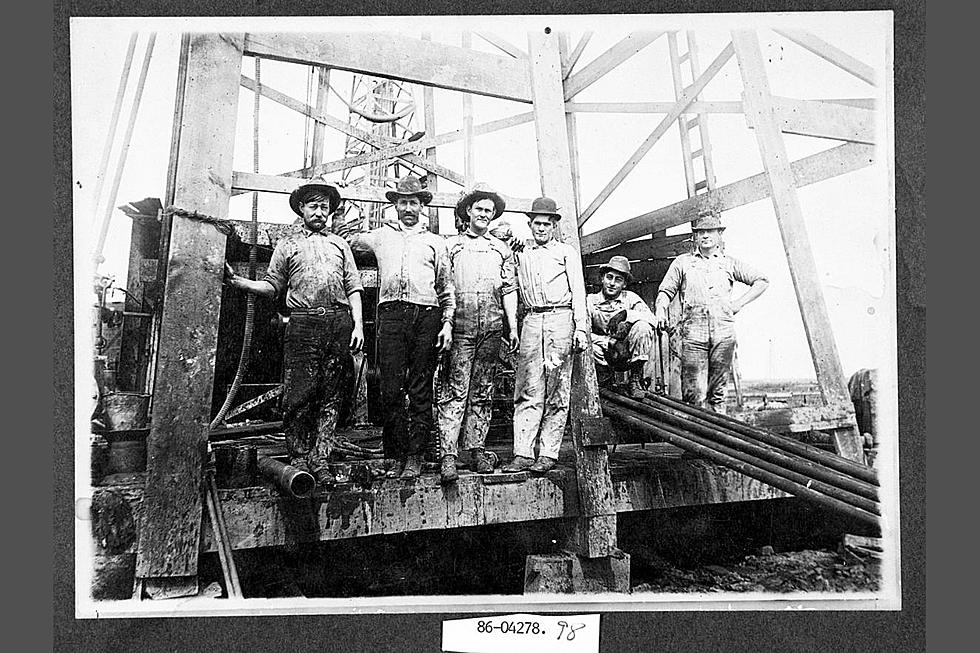
How This Part Of West Texas Came To Be Known as the Big Country
During the late nineteenth century (the period between the Civil War and the turn of the century on January 1, 1900), what is now known as "West Texas" was commonly referred to as the "Texas Plains". The men who were responsible for getting the train through Abilene and working at making Abilene the county seat, were also promoting this part of Texas as a "big" area of land. They wanted a "big" name to attract settlers.
Origins of the "Big Country"
The hired promoters, aka city developers, ran trains from Fort Worth to Abilene to show potential settlers what life was like in this unrefined area of Texas. The Abilene city founders created a water supply, public utilities, streetcars, and a fairly dependable economy based on ranching, farming, and oil fields.

Since there was a lot of land available for early-day settlers (Abilene was at the center of a 22-county area.), the early Abilene city founders and promoters often called this part of West Texas the "Big Country" and the name stuck.
Some early promoters tried to say the "Big Country" was an area that stretched from Midland/Odessa to Sonora/San Angelo to the outskirts of Fort Worth. However, those other areas are now referred to as the Permian Basin, Concho Valley, and the DFW Metroplex.
How big is the "Big Country" really?
The "Big Country" is only 12 counties, which include Callahan, Eastland, Fisher, Jones, Kent, Mitchell, Nolan, Scurry, Shackelford, Stephens, Stonewall, and Taylor. Abilene is in the northeast corner of Taylor County.
In the early twentieth century, Abilene and the Big Country were garnering a lot of attention and the population was booming. Abilene was one of the first in the state to acquire a Medical Epileptic Asylum, which went on to become the Abilene State School and is now called Abilene State Supported Living Center.
The Big Country developers also attracted independent oil producers and operators after the oil boom of the 1920s. With Abilene as the anchor for this part of Texas, the city continues to work with other surrounding counties for a better Big Country.
Sources: Britannica/West Texas History, The Portal to Texas History, UNT.edu
LOOK: These are Early Settlers of West Texas
LOOK: Classic Signs You Still See Around Abilene
Gallery Credit: Rudy Fernandez

